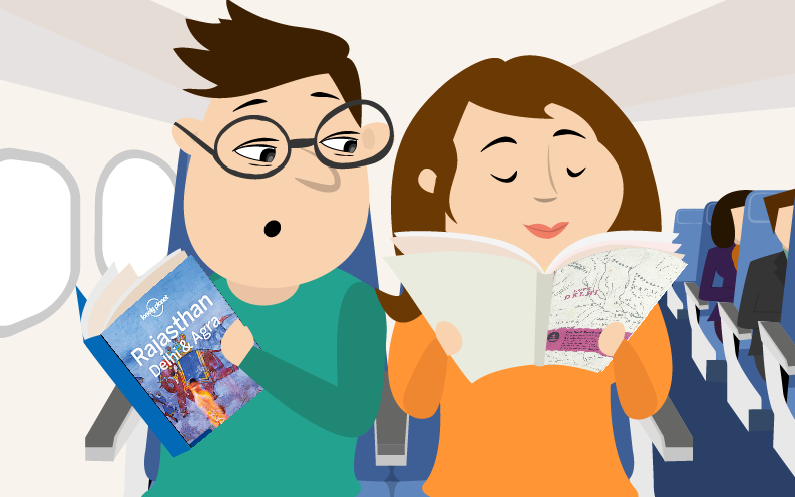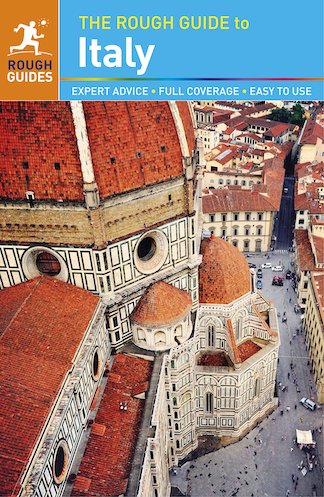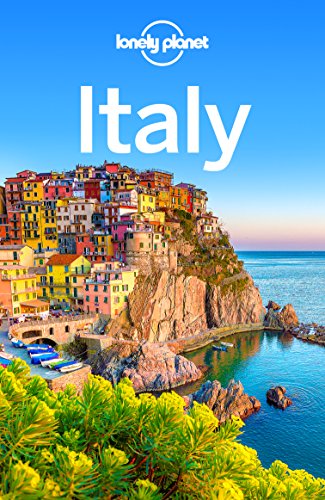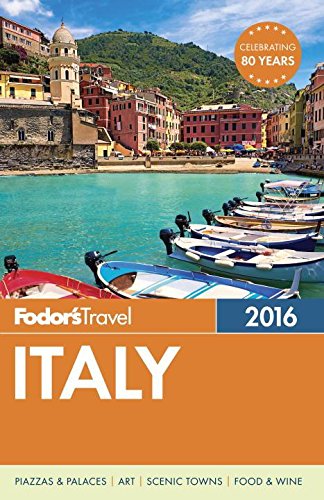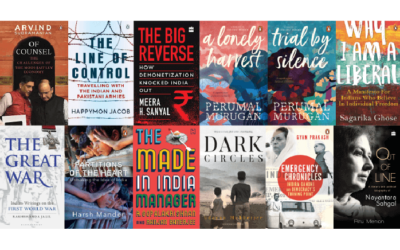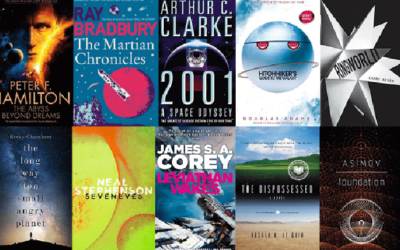Feature
Why Indie Travel Guides Are More Popular Than Lonely Planet

Neha Kirpal
December 07, 2018
“A dominant impulse on encountering beauty is to wish to hold on to it, to possess it and give it weight in one’s life. There is an urge to say, ‘I was here, I saw this and it mattered to me.”
― Alain de Botton, ‘The Art of Travel’
Travel guides have been around ever since man came on earth. One of the earliest guidebooks was the Periplus, an itinerary marking all the different landmarks of ports along a coast. After World War II, the Fodor guidebooks came about which focused mostly on budget travel around Europe. These were followed by some niche ones in similar vein like Frommers, Lonely Planet, Insight Guides and Rough Guides. A large part of the 20th century was dominated by these.
But Lonely Planet clearly emerged as the leading player in the guidebook business and overshadowed all the others for quite a few years. Founded in Australia in 1972, Lonely Planet had sold 120 million books since inception, as of 2011. Back in the pre-Internet days, most backpackers and budget travellers would inevitably pick up this one bulky holy book of all travel guides before embarking upon a journey. With standard information like where to go, stay and eat, it was really the only “go-to book” for all your general travel-related information, queries and tips related to the local culture. In the pre-Internet era, it almost served as an encyclopedia on a place, as it listed almost everything a visitor needed to know about it. In 1996, the company created its online community, The Thorn Tree. Over the years, it has also expanded to magazines, apps and television series.
And then the Internet happened and everything changed. Information was suddenly available at the click of a button. People started travelling like never before and also began writing about their journeys and experiences in previously unknown and offbeat destinations, sharing the latest details about various highlights, restaurants and hangout places to watch out for in these locations. And gradually, the Lonely Planets and other guides started disappearing from our bookshelves as the information in them became more and more outdated, excessive and obsolete.
In several cases, one finds that some of the places recommended by Lonely Planet suffer from what could be called the ‘Lonely Planet effect’—they are often expensive, overcrowded and even overrated. So, while Lonely Planet’s veracity has remained stagnant or possibly even deteriorated over the years (according to some users), the range and quality of alternative travel forums that have come up in the last decade or so, such as TripAdvisor and WikiTravel, seems to have simultaneously gone up. And so, users have steadily veered towards and in some cases, completely moved on to them.
Further, after Lonely Planet was sold by BBC Worldwide in 2013, around one-third of its editorial staff was made redundant. The company announced that they would be focusing on building a digital strategy and would no longer be in the business of content creation. Moreover, according to reports, it was not just Lonely Planet but all traditional publishers of travel books that were struggling. Travel book sales steadily declined after a peak in 2008.
We are now in the age of indie travel guides and blogs. These have more practical, personalised information from individuals like ourselves who have been to various places and share their own experiences and suggestions about what they liked, didn’t like and why. Bestselling author and blogger Nomadic Matt is a case in point. He began by blogging about his experiences backpacking across the world. Over the years, he has built a personal brand of his own as well as a loyal following of about 1,000,000 people a month, who swear by his blogs and travel advice about how to travel on a budget—people have faith in him because he’s ‘been there, done that’.
Rather than getting generic information from a lifeless book about what to see and do in a city, you can get the most recently updated, accurate and experiential advice from a trusted source—a real human being at that—‘telling it like it is’. Moreover, you get access to content that is specifically curated to your needs and interests rather than a mere listing of general facts and information about almost everything to see and do in a city. Which is exactly why when everything there is to know about a big city is already there in a Lonely Planet guide, it’s rather refreshing to come across an article or blog post that tells you about that quirky café or shopping street you had no idea even existed in the very same city.
For instance, the Love Travel Guides proudly proclaim themselves as “handbooks for the luxury vagabond”. The series for the cities of Bangalore, Mumbai, Delhi, Jaipur, Rajasthan and Goa is considered India’s only luxury guides. The creator of the series, Fiona Caulfield, aptly describes the idea of the books as one about “falling in love with all the cities in the world and the places you can visit from them.” She divides her recommendations into categories like ‘Musts’, ‘Adventurous’, ‘Wildly Adventurous’, ‘Delicious’ and ‘Gorgeous’ while including maps, quotes and first-person anecdotes.
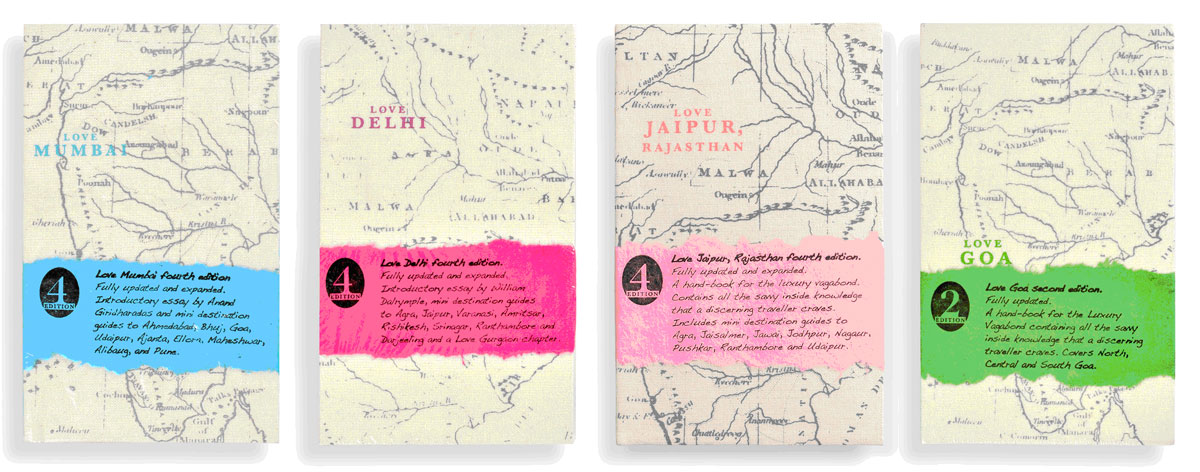
(Image via Stanfords)
In a similar vein are several others. The Uncommon Guide Books showcase literary pieces and itineraries written by locals including pictures and hand-drawn maps. The Quiet Travel Guides contain information about all the peaceful and relaxing places to visit in big cities. Combine your passion for literature with travel when you pick up I.B. Tauris Literary Guides For Travellers. These travel guides help you explore the city through the eyes of some of history’s greatest writers, artists and travellers- Hemingway’s Paris, Cervantes’ Andalucía and Ezra Pound’s Sicily amongst others. All-You-Can-Eat Press creates culinary maps of a city, for example, a croissant map of Paris. ZigZag City Guides are specifically for children, teaching them travel etiquette, keywords and cultural differences about a city. City Secrets is for those who don’t want to do the regular touristy things in a city but instead prefer checking out its hidden spots, free tours and other relatively unknown sights. There are some amazing new hideouts that one may stumble upon in these books, which probably find no mention in any of the so-called Bibles of travel guides.
To conclude, I would only say that just like I no longer need to refer to a fat dictionary or a huge volume of the World Book encyclopedia (which I often used for school projects as a kid), I no longer need a Lonely Planet that gives me too much unnecessary information about everything. There was a time when I would invariably sift through one of them before leaving for a journey—possibly due to a lack of any other alternative. But of late, I can’t remember the last time I opened one. An Internet search, a magazine article, a friend’s recommendation, an indie travel guide catering to my needs, or most often, a blog post that inspired me…these are the some of the sources I turn to now. Simply because they speak to me and tell me exactly what I need (and truly want to know) about the destination I’m going to.

